THE BIGGEST RETAIL TURNKEY TRENDS INFLUENCING BRANDS WORLDWIDE

In the present post-pandemic era where businesses strive to reinvent and gear-up strategies to not just meet but exceed the expectations of the new-age consumers, brands striving to re-establish and grow, must rethink how to operate to survive for long. Given the shift in consumer behaviours, patterns and inclinations, game-changing retail turnkey solution could be the key to unlock potential, gain trust and engage consumers better across touchpoints.
While businesses recover from the damage inflicted by the pandemic, brands constantly deliberating on strategies to rise beyond the conventions stands to gain the most. With consumers being far more informed, ensuring exceptional experience at physical touchpoints becomes extremely crucial.
Even though the past few years have posed hurdles for majority of businesses globally, the retail sector has released the importance of turnkey projects that could add immense value while ensuring operations in line with the changing expectations of the new consumers. With specialised retail turnkey service, brands can ensure a high degree of personalisation, and deeper knowledge of consumer wants and preferences.
To provide a seamless and engaging shopping experience, businesses must create an integrated store ecosystem that flows naturally from online to offline. Although the deployment of tech-enabled retail solutions may seem challenging, businesses seeking to scale at length in the future must consider the importance of turnkey projects.
As consumer sentiments tends to be at the core of the brand-development framework in the present times, below are some of the newly emerging retail turnkey trends that could help brands craft phenomenal experiences for target consumers.
Biophilic Design
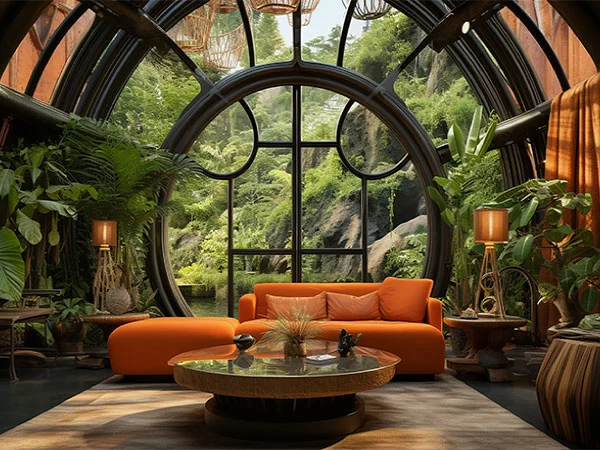 |
With the power to make occupants feel better, lower stress, improve mood, enhance productivity, and encourage social interaction, turnkey projects built on the incorporation of biophilic design elements can help thrive in the long run. The research findings on occupants' exposure to natural light, views, plants, and materials can enhance physical and mental health as well as cognitive function.
|
Biophilic design has the potential to raise store worth, appeal, and help generate higher ROI. Biophilic design can lower operating expenses like energy and maintenance, attracting and retaining consumers by fostering a cosier, more engaging, and visually appealing environment.
Artificial Intelligence
|
Complementing speed, efficiency, and accuracy across processes, the digital transformation. The use of AI in retail interior design holds immense potential of creating spaces that are comforting and captivating. As consumers demand a high level of personalization. the in-store consumer tracking tech coupled with intelligence of what consumers view and adds to their shopping baskets, could help create a space that resonates well with consumers. |
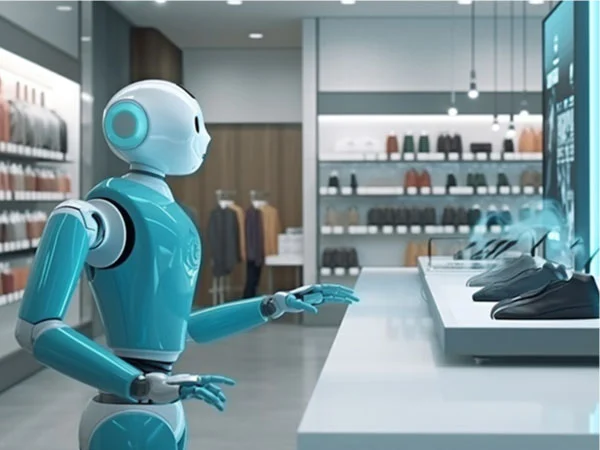 |
AI in retail also contributes to improved demand forecasting through the use of comprehensive competition, product, and consumer data. Creating chatbots with AI capabilities is an excellent approach to address, counsel, and resolve consumer complaints.
Experiential Approach
To entice customers to visit the physical or virtual worlds, brands must ensure immersive experiences in the current age of experience-driven retail.
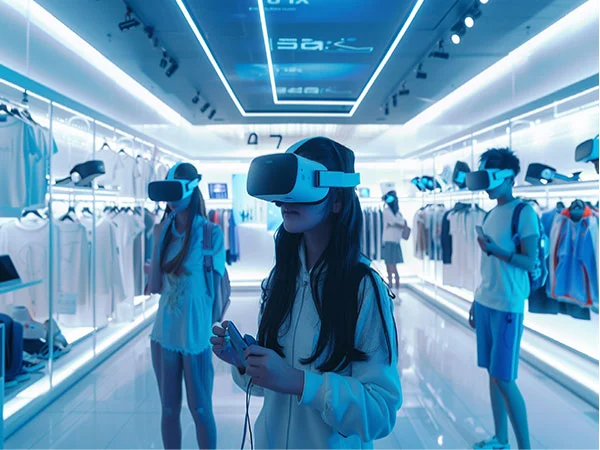 |
Be it a cafe, art gallery, or a concept store, experiential retail aims to draw in customers. In order to make lasting impressions, physical stores must eventually become the social hubs. As experiential retail continues to influence businesses, the incorporation of AR and VR technology, customized branding, and interactive displays will all contribute to the creation of seamless shopping experiences, further resulting in heightened brand loyalty. |
Turnkey Interiors
For brands, turnkey interiors offer a great advantage—that is, a single company handling all aspects of space design and layout.
|
Retailers benefit greatly from this since they save a great deal of time and money by not having to coordinate with numerous contractors or providers. For retailers, turnkey interiors may prove to be a more economical option than the traditional approach as turnkey businesses can make provision for lower labour and material costs due to networking with vendors and suppliers. Furthermore, retail turnkey service is usually offered at a set price, so retailers can be aware of the upfront of exactly what they will be paying. |
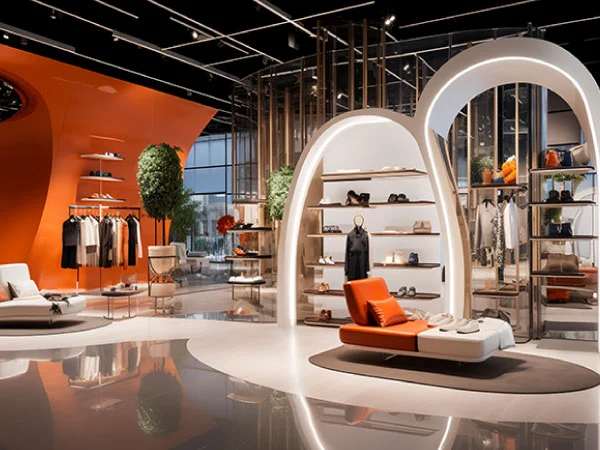 |
With the assurance of a distinctive and customized environment that reflects brand persona, retail turnkey interior solution help create remarkable store design and layout.
Contactless Shopping
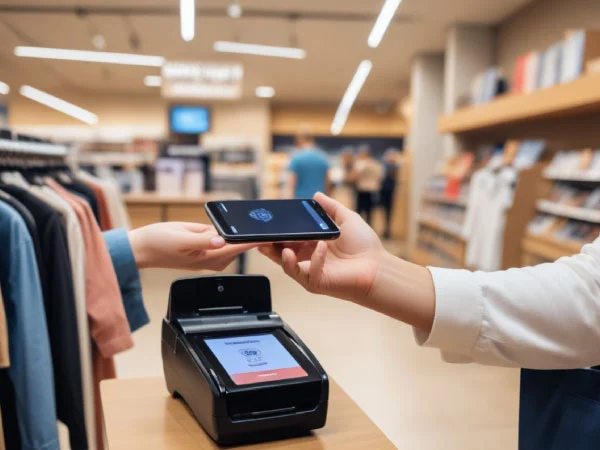 |
Due to growing concerns over hygiene and fears of contagion, retail success will be driven by provisions for contactless shopping. With "buy online, pickup in-store" option, customers can pick up pre-selected items in store to save time and avoid the hassle of being in the que for long outside a busy store. To save time at the checkout and expedite the buying process, retailers with one-click payment option, mobile payment and digital payment modes like UPI, can ensure seamless and instant shopping experience. |
Besides that, the virtual try-on capabilities are already being used by major retailers as it enables customers to virtually experience how the product looks.
Voice Commerce
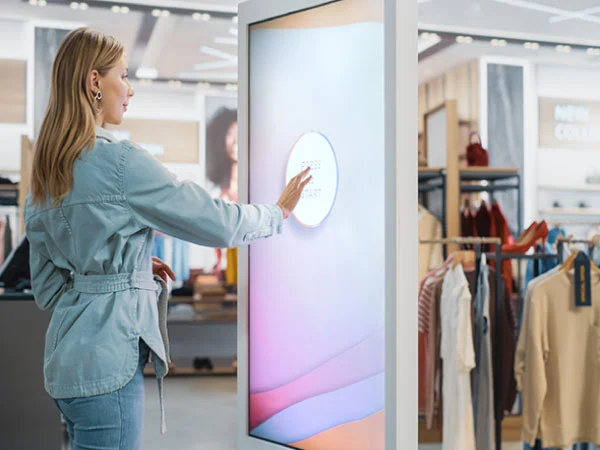 |
Another important use of AI in retail is for the voice search through smart speakers and voice assistant devices. As online shopping picks-up the pace, customers would continue to use their devices for product discovery, order placement, and delivery tracking. And in the coming years, an increased number of consumers are expected to shop using voice assistants instead of screens. |
Logistical Change
|
To maintain stability in inventory levels and meet consumer demand. retailers significantly rely on an integrated supply chain. To drive sales, transparency in supply chain will be essential that help businesses understand demand patterns at a detailed level which can further help predict what customers are looking for. Through adoption of blockchain technology, brands can ensure transparency in supply chain and make customers aware of where items are coming from. |
 |
Although certain advancements may seem futuristic, automation in supply chain would remain crucial for businesses in the coming years. Apart from that, businesses can also access real-time data through tracking and tracing of inventories using RFID and IoT devices. The technologies, when combined with BI analytics, can help understand the KPIs properly.